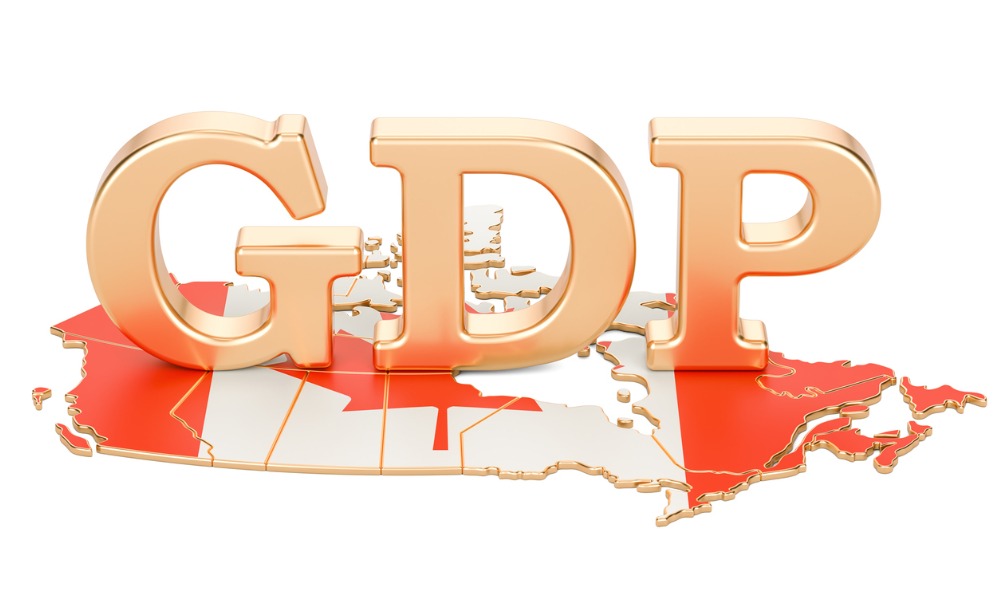But the country's economy is recovering slowly

2024’s first quarter likely saw Canada’s gross domestic product (GDP) per capita shrink for the seventh consecutive quarter, meaning total national GDP is not coping with a rapidly growing population, according to the latest forward guidance by Royal Bank of Canada (RBC).
The bank’s assistant chief economist Nathan Janzen and economist Abbey Xu said in a new report that while the Canadian economy likely grew more quickly in the first quarter based on headline figures, “it was not fast enough yet again to keep up with surging population growth. That means gross domestic product on a per-person basis contracted for a seventh consecutive quarter.”
RBC said Canada looks set for an annualized 2.5% increase in GDP for the first quarter of this year, which is 1% higher compared to the last quarter of 2023, but fast population growth still outgrew that figure.
“Consumer spending is tracking an annualized 1.1% increase in Q1 from the previous quarter, and business investment looks to have edged higher with a rise in machinery purchases offsetting slower non-residential construction activity. But higher spending came in part from higher imports rather than domestic Canadian production with net trade on track to subtract slightly from Q1 GDP growth,” the report said.
Meanwhile, the 0.5% jump in Q1 GDP, concentrated in January, was attributed to the end of the public sector strike in Quebec. However, this growth slipped in February by 0.2% and it has not changed in March, according to the report.
Mining sector output likely improved because of an increase in oil extraction in Alberta and rising oil drilling activity in March, the report said. However, there a slump in the manufacturing sector saw sales volume fall by 2% while retail sales recorded a 0.2% decrease.
On the other hand, the economy is predicted to show more signs of recovery.
“The initial estimate for April output should look a little better given a 0.8% rise in hours worked in the earlier reported labour market data. Still, the economic backdrop in Canada has continued to soften on a per-capita basis with unemployment drifting higher and wage pressures and inflation showing further signs of easing. We continue to expect the first rate cut from the Bank of Canada in June,” the report said.
GDP per capita is used to measure the individual contribution to the country’s total economic growth, usually gauged by how many products and services have been produced in a certain period.
What are your thoughts about this story? Leave a comment below.



